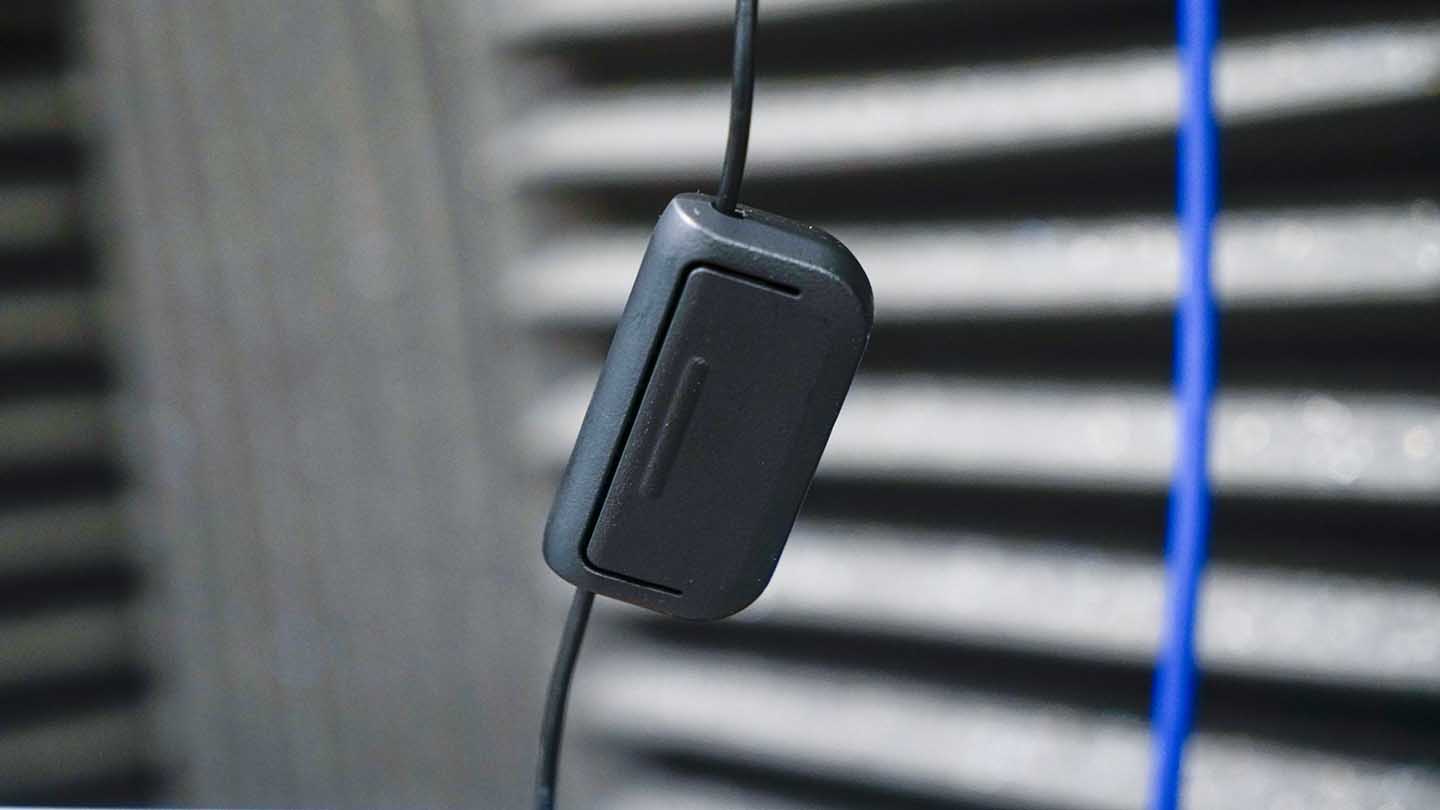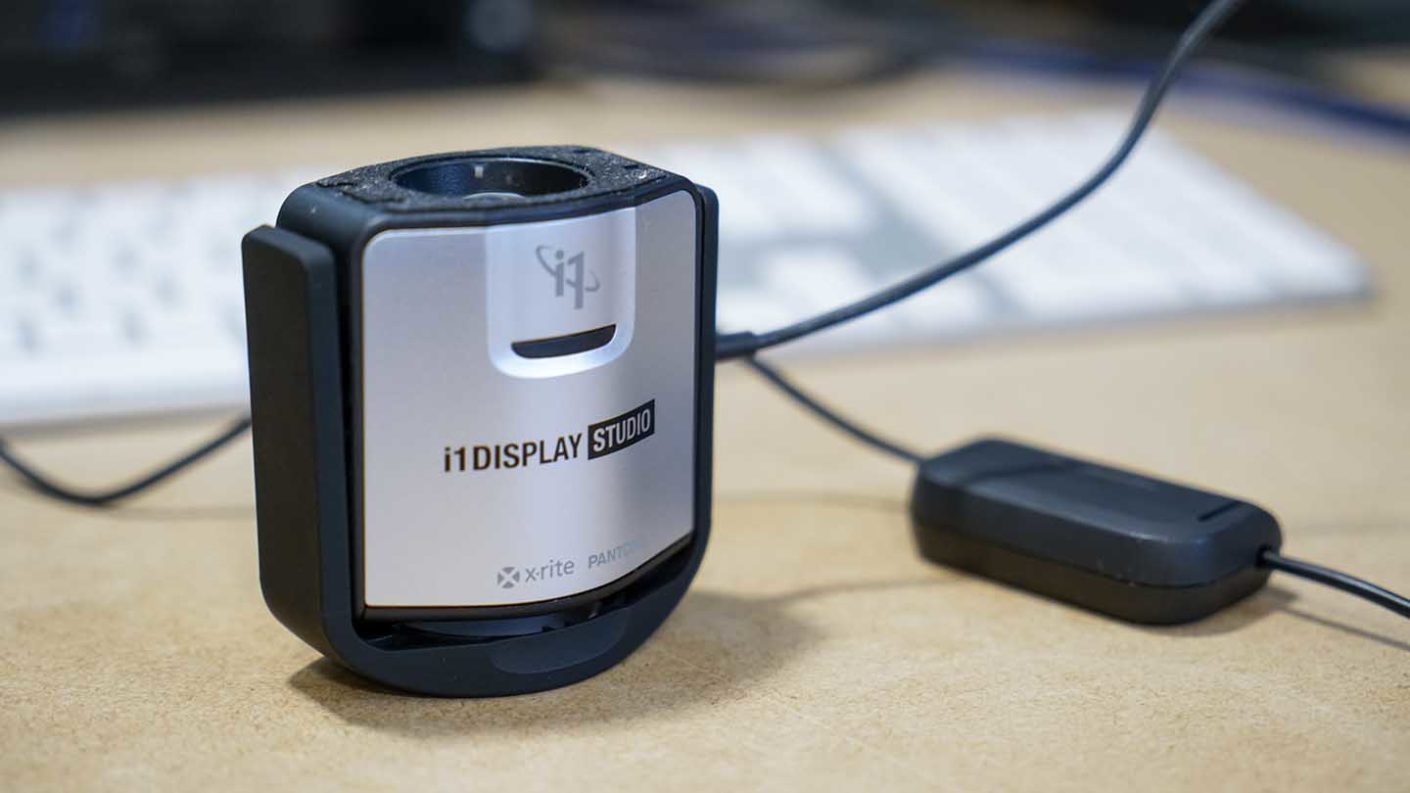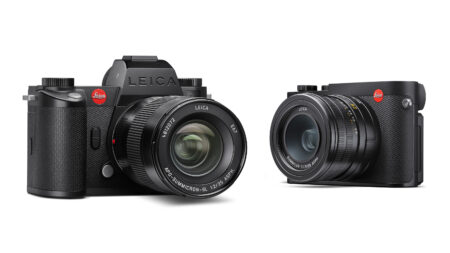Setting up the i1Display Studio doesn’t take long, although it does require a few restarts of your computer to ensure that the software is installed and updated to the latest version.
I tested the i1Display Studio on Mac, with Catalina being used as the main OS and then Big Sur.

For all other systems, once the device is unpacked and plugged in, you follow the instructions on the card in the packaging.
For some reason, the link at https://xrite.com/geti1Studio would not download on my Mac, but following the links on the https://support.xritephoto.eu/software-downloads/ website took me to the correct download link that worked fine.
Once the software was installed, and hardware plugged in a quick restart was required. After the restart and starting the application a further update was download and another restart was required before being able to start the calibration process.
This is, of course, a process that you’ll only need to run through during the first run of the device and software.
From then on the process is exceptionally simple. Select i1Display Studio > Display then Photo, Video or Custom and follow the onscreen instructions.
The software is quite copy heavy, and it’s important to read what is required through the adjustment process; resetting monitor, adjusting brightness etc.
Once you’ve been through the process once it’s all quite straight forward and once you get to the end, you can see the before and after results.
When it comes to time, the initial monitor calibration takes around 10 minutes, and you can save down that profile once completed.
This means that you can profile the monitor for photography and then video and switch between the two depending on what you’re doing. To do this, you need to dip into the system monitor settings as there’s no way to do this directly in the software or through the i1StudioTray.

Keeping on top of monitor calibration is also important and not something that should just be done once and forgotten about. A nice touch is that in the settings, you can select recalibration intervals; 1, 2, 3 or 4 weeks and the software will alert you as to when that calibration needs to be done.







